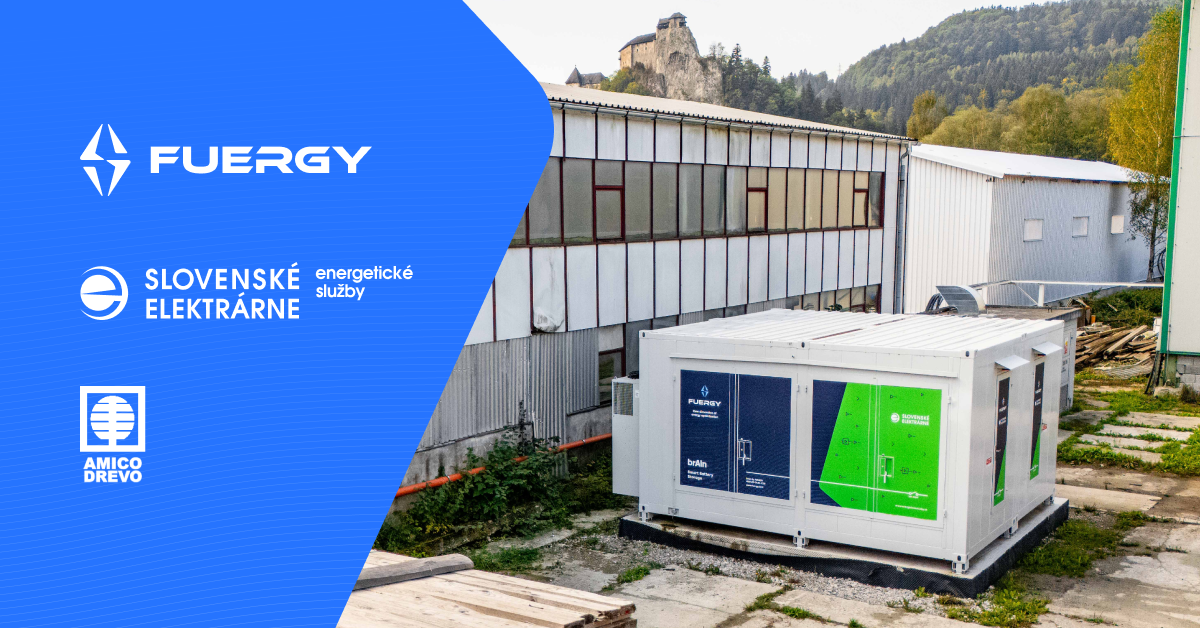
Renewable energy sources are predicted to become the world’s main source of power within two decades. Countries across Europe are increasingly welcoming this trend – and wind power is one of the driving forces.
In fact, in March, various European countries broke their record for most wind-generated power in a single month. While this is good news for renewable energy, the efforts are not necessarily equally distributed. Which countries are the powerhouses of wind energy and which ones are failing to reach the potential?
Strong Tailwinds
In March, the International Energy Agency reported that France achieved a new wind-power generation record of 4.9 GWh, with Sweden, Italy, and Lithuania also reporting all-time high month. Added to that, the whole OECD has reported an increase in the renewable portion of the energy mix by 2% year-on-year.
It goes without saying that the overall importance of renewable energy is growing, with wind power now providing 14% of EU energy demand. And with researchers developing ways to substantially reduce the operations and maintenance costs of wind farms, this trend is likely to continue.
The main reason for the success are the stable investments in new European wind farms, that equaled to 26.7 billion euros in 2018. Although the funds are comparable to recent years, due to cost reductions, it will drive a record of 16.7 GWh in new capacity.
Countries Leading The Way
Denmark is undoubtedly the crowned king of wind power on the continent. Like its Scandinavian neighbours, it shows a lot of dedication to sustainability. Actually, in 2017, it got 74% of its energy from renewables. Wind power consists of 41% of the country’s overall energy demand – far more than in other EU nations.
In Ireland, wind power covers 28% of the country’s energy demand. Although the country is making only slow progress towards its pledge to produce 16% of all of its energy from renewable sources by 2020, it’s still one of the main Europe’s wind powerhouses. According to David Connolly, the CEO of Irish Wind Energy Association, this is mainly thanks to a strong policy framework and support from EirGrid and ESB Networks.
Apart from other wind power giants, such as Germany or Lithuania, the United Kingdom has also showed an increased appetite for wind power. The country has seen the largest annual increase of wind in its electricity demand in the whole EU – from 13.5% to 18%. The UK is also home to the world’s biggest operational offshore facility, the Walney Extension Offshore Wind Farm in the Irish sea, with a total capacity of 659 MWs.
Space For Improvement
But it seems like the whole continent is not completely on board with wind power. While this may be mostly due to changes in funding and public subsidy availability, the EU’s 28 members have seen a 32% fall in the amount of new wind energy capacity.
According to the CEO of the industry body of WinEurope, last year, twelve countries from the European Union failed to install a single wind turbine. With the exception of Lithuania, there’s still a lack of ambition, mainly in Central and Eastern Europe. For example, for Slovakia, Slovenia, the Czech Republic, Hungary, and Latvia, wind power represents less than 2% of the total energy demand.
If a country lacks one source, there must certainly be another option. It doesn't matter whether it is sun, wind or water. Harnessing renewable energy sources and increasing their energy efficiency lays the foundations of energy decentralization.
To see how FUERGY pursue this goal and helps its customers to become more energy-independent, environmentally friendly and cost-effective, do not hesitate to visit our website, subscribe to our newsletter or follow us on social media.
We are living in the future of energy. Are you?





